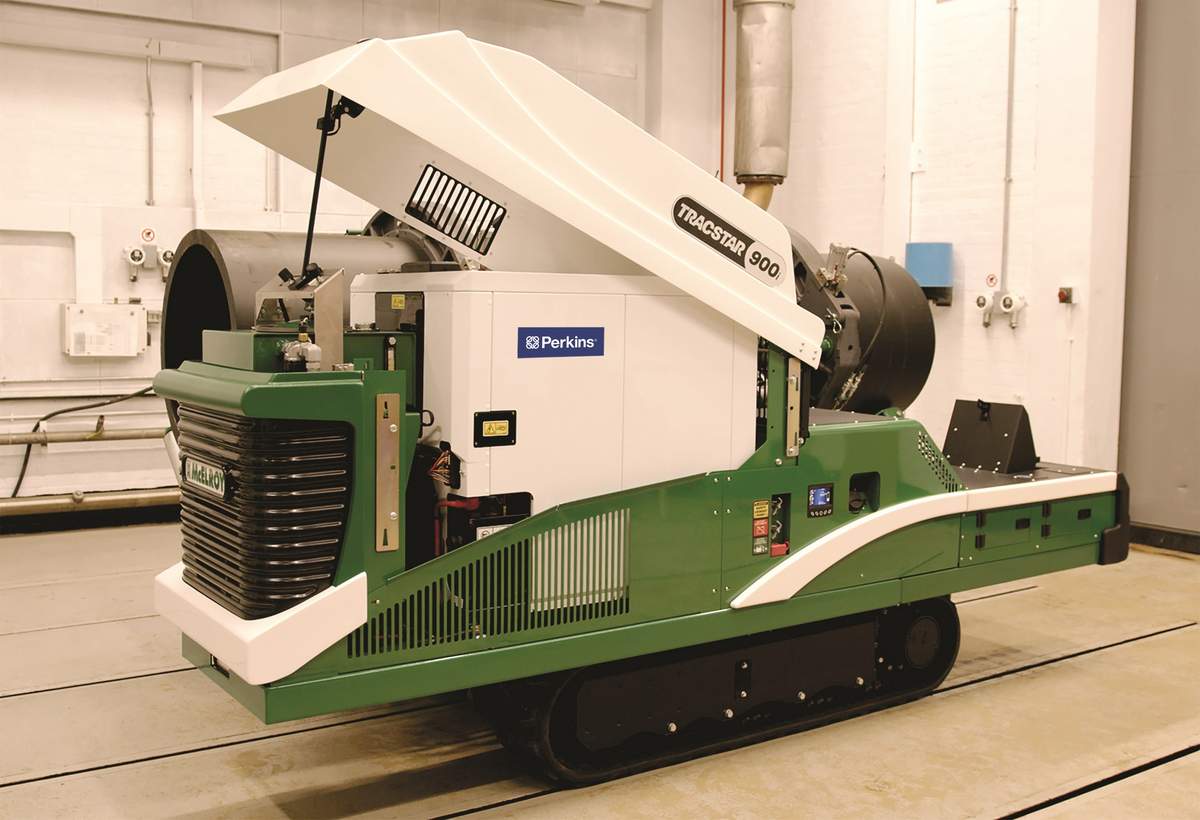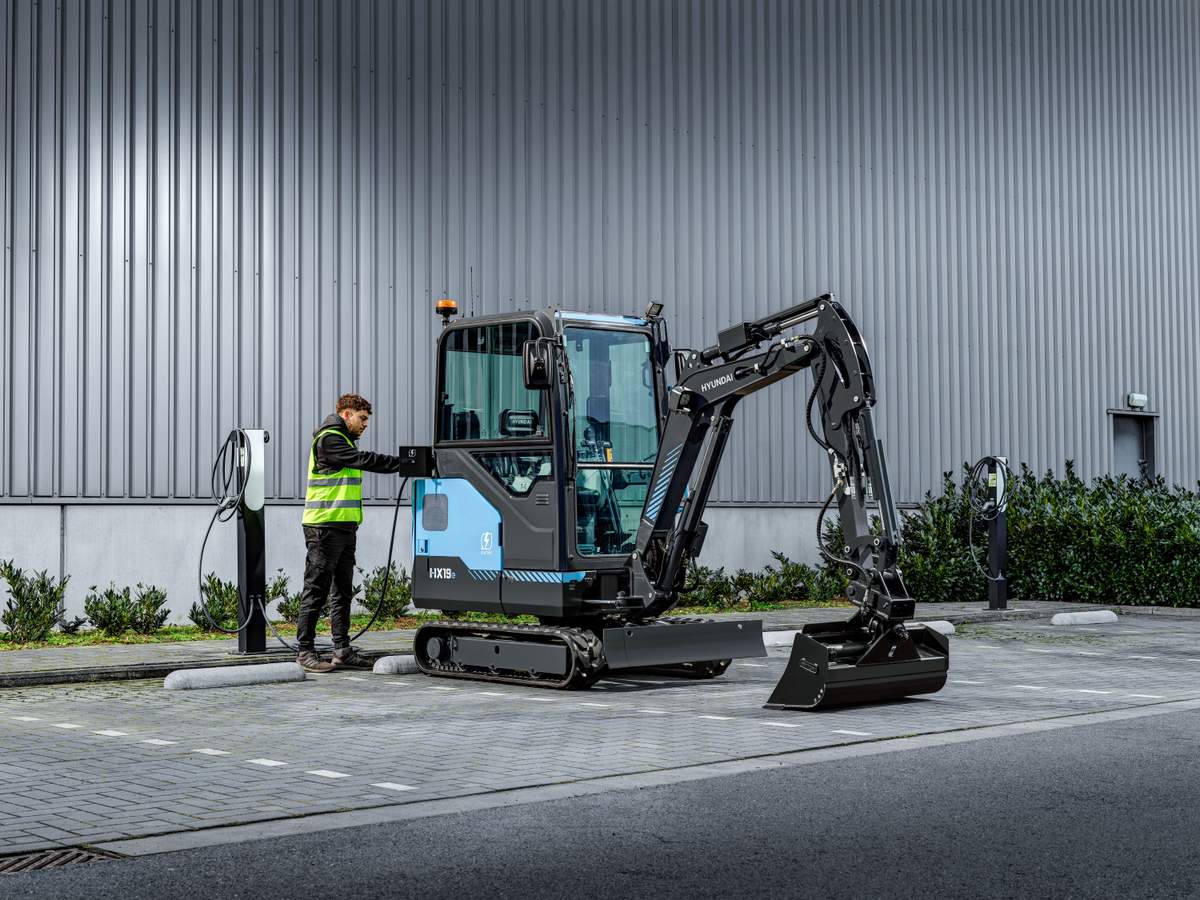Understanding the Types of Batteries Going into Electric Construction and Landscape Equipment
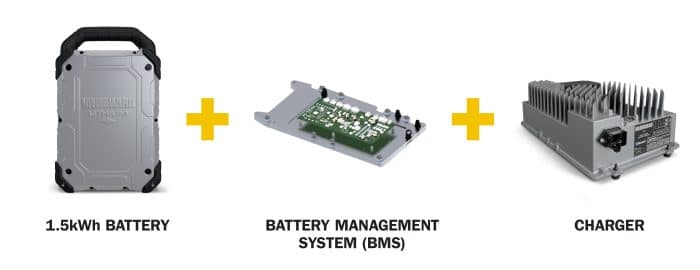
Lithium-ion battery technology is rapidly gaining traction on today’s jobsites. Offering a clean, versatile source of power, these batteries are reshaping the landscape of compact equipment. With high energy density, rapid charging capabilities and minimal environmental impact, lithium-ion batteries not only reduce carbon emissions and noise pollution but also boost productivity and safety for operators. As industries like construction, turf and landscape further embrace electrification, it is important for equipment owners and operators to understand the battery technology powering the equipment so they can get the full value out of the battery. Informed operators can also help keep battery-powered equipment in top shape through proper care and maintenance, which helps ensure the best return on investment for owners. Let’s break down the basics of battery technology to better understand what is quickly becoming a cornerstone of power in the compact equipment industry.
Lithium-Ion Batteries vs. Lead Acid Batteries
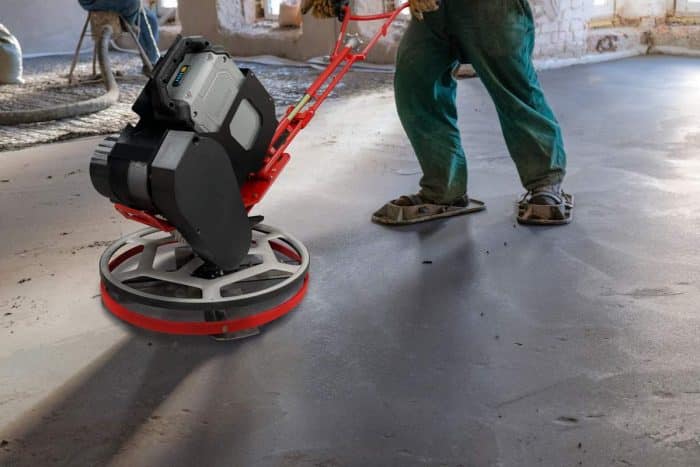
Two of the most common chemistries found in today’s batteries are lithium-ion and lead acid. The lithium-ion battery hit the market in 1991 — over a century after the lead acid battery. But what it lacks in age, it makes up for in innovation. Smart components and advanced technology give lithium-ion batteries an edge over lead acid, offering greater efficiency and a larger usable range. After 500 cycles, a lead-acid battery is down to about 80 percent capacity. It takes 2,000 cycles before a lithium-ion battery is at the same 80 percent capacity. A battery cycle is the number of times a battery’s capacity is used, not necessarily in a single charge. So, lithium-ion offers a much longer lifespan and faster, more efficient charging over the life of the battery.
Another area where lithium-ion batteries win over lead acid is in weight. Lithium-ion batteries are very light. They are five times lighter than a lead acid battery but produce the same amount of energy. The lighter and more compact footprint of lithium-ion batteries helps to make electric equipment more maneuverable and minimizes operator fatigue. Lithium-ion batteries also feature little to no maintenance compared to lead acid batteries, which often require more intensive maintenance, like battery “watering,” to ensure the battery is healthy and safe for use. While maintenance with lithium-ion batteries is greatly reduced, look for a manufacturer that stands behind its battery products with a strong warranty — especially with equipment operating under harsh, rugged conditions.
From greater efficiency and a more robust cycle life to lighter weight and simplified maintenance, lithium-ion batteries offer a host of advantages over lead acid batteries that make them a compelling alternative.
Take Charge of Battery Safety
Not all batteries are created equally, especially when it comes to safety. The advanced chemistry and technology in lithium-ion batteries can vary between manufacturers. Power experts like Vanguard equip their batteries with a robust BMS, an onboard system that monitors and manages the health and state of the battery. The BMS adds safety and durability to lithium-ion batteries by offering over-voltage and low voltage, short circuit and cold temperature protections to maintain battery life in harsh operating conditions. The BMS also offers temperature shutdown if it reaches an unsafe operating state. Along with playing a crucial role in maintaining the safe operation of a battery, the BMS helps to optimize a battery’s performance and overall life cycle by providing data on power utilization to guarantee efficient power delivery and smarter charging practices. Now that we better understand the technology that makes up today’s batteries, let’s explore why more equipment owners and operators are adopting electrified equipment.
A Powerful Alternative

There is a growing number of applications where battery-powered equipment is the best choice for the job. For example, electric equipment is ideal for work in enclosed spaces where emissions are an issue. The quiet operation afforded by electric equipment is another welcome advantage, enabling work in noise-sensitive environments while improving operator safety and comfort. Along with quiet, emissions-free operation, the operating costs of electric-powered equipment can be significantly lower than those of their combustion engine counterparts. Electric equipment requires little to no maintenance throughout its lifetime, eliminating the expense and downtime. With less traditional maintenance intervals, it is important to understand how to care for this new kind of equipment.
Amp Up Battery Performance with Proper Care
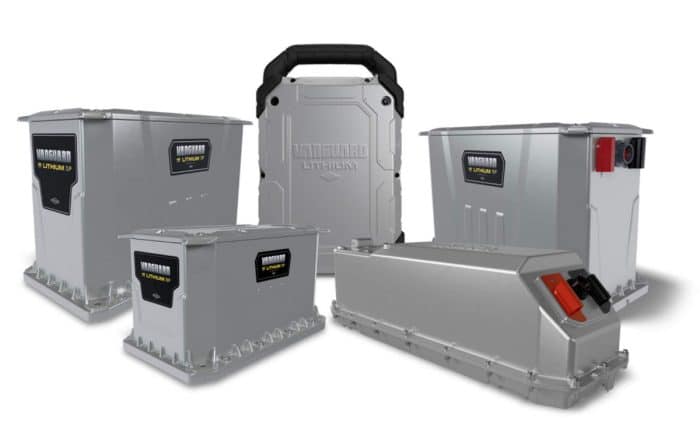
Proper care of lithium-ion batteries is crucial to the overall health and performance of equipment. Here are a few quick tips to follow to ensure that your lithium-ion powered equipment delivers optimal power and a long lifespan:
- Use the charger provided by the manufacturer. These chargers are designed to meet the specific needs of your battery and prevent overcharging — a common culprit in battery degradation. It’s also important to avoid overcharging and overloading the battery. Most modern chargers are designed to stop charging once the battery is full, but it’s a good practice to unplug the charger when the charging process is complete.
- Try to avoid completely draining the battery before recharging. Most manufacturers recommend recharging the battery when it reaches around 20 to 30 percent capacity.
- Store the battery in a cool, dry place and away from flammable materials. During extended periods of non-use, consider storing the battery separately in a climate-controlled space, especially if your equipment is typically stored in a garage or shed that experiences significant temperature swings throughout the year.
- Avoid leaving the battery in direct sunlight or exposing it to extreme temperatures. This can cause damage to the battery cells. Vanguard recommends storage temperature ranges of -20° to +60°C for one month and -20° to +25°C for up to one year.
- Periodically check your equipment and battery for any signs of damage, wear or corrosion. Clean the battery with a dry cloth, if needed, to remove any dirt or debris that might hinder proper connection. If you notice any damage to the battery, such as cracks, swelling or leaking fluids, stop using the equipment immediately and contact the manufacturer for further guidance or replacement. Follow proper disposal procedures if the battery needs replacing.
- Update firmware and software to improve battery performance and functionality.
Along with these safety tips, it is important to always follow the safety and best practice guidelines provided by the manufacturer.
The Electric Future of Compact Equipment
As the construction, turf and landscape sectors increasingly embrace electrification with battery-powered equipment, it’s essential for equipment owners and operators to be familiar with key aspects of battery technology. Understanding the various chemistries and safety features of batteries is crucial for optimizing performance and ensuring safety on jobsites. Implementing best care practices, such as proper charging, storage and maintenance routines, will not only extend battery life but also enhance the operational efficiency and reliability of battery-powered equipment. By staying informed and proactive about battery-powered equipment, industry professionals can harness the benefits of electrification while minimizing risks and maximizing productivity in the evolving landscape of modern compact equipment operations.
Electric construction equipment is on the rise. Learn all about the exciting products leading the charge.

